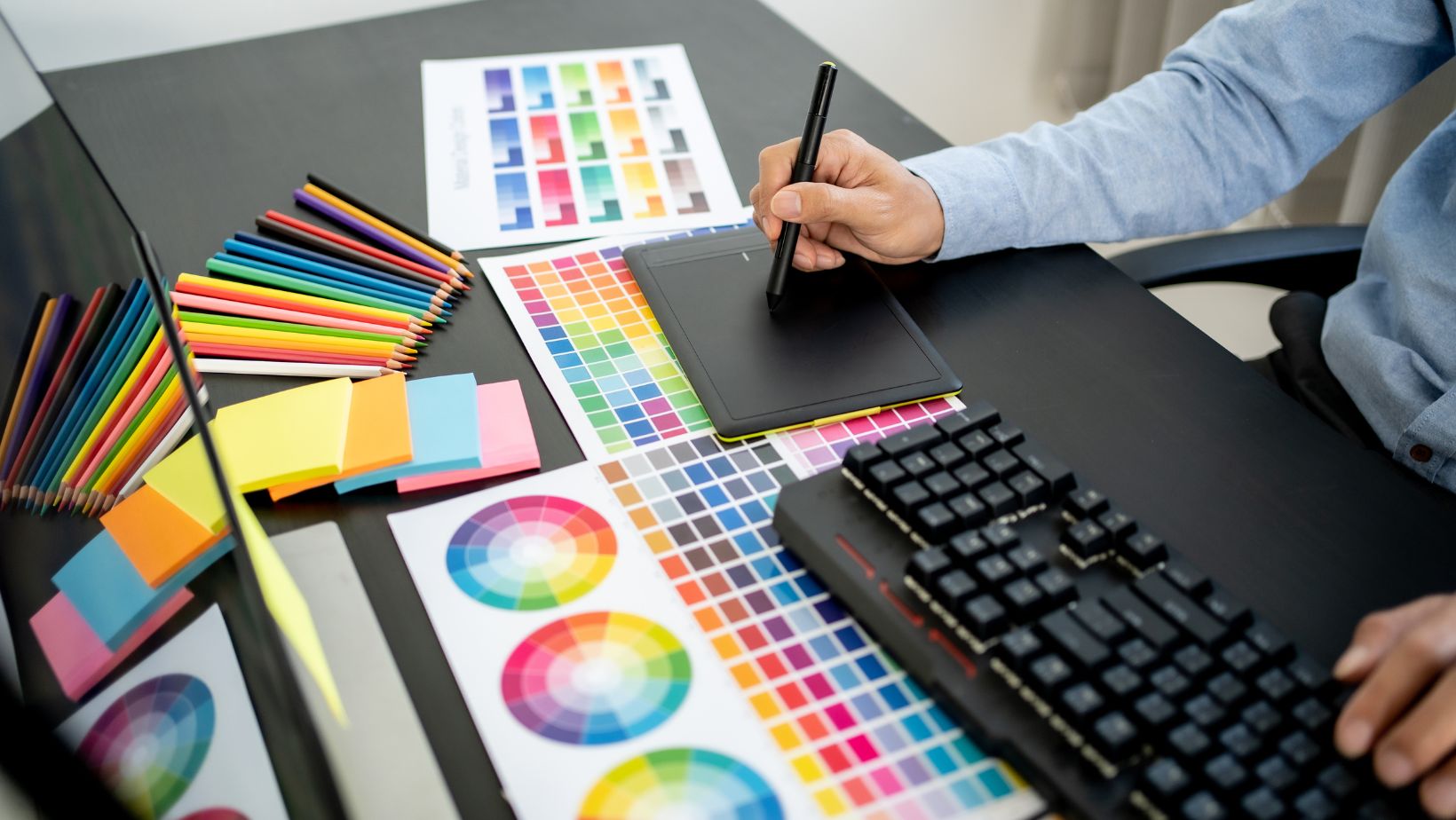In the bustling digital world, standing out is no easy feat. Yet, one often overlooked aspect that can significantly boost engagement and readability is creative list design. It’s not just about bullet points and numbers; it’s about turning mundane lists into visually appealing and engaging content.
Creative List Design
 Creative list design holds power in a realm beyond the confines of plain bullet points and numbers. Focused on enriching content visually and enhancing interactivity, it indeed envelops the digital universe. It breathes a unique essence into the content, bringing forth greater engagement and readability.
Creative list design holds power in a realm beyond the confines of plain bullet points and numbers. Focused on enriching content visually and enhancing interactivity, it indeed envelops the digital universe. It breathes a unique essence into the content, bringing forth greater engagement and readability.
Creative list designs aren’t just about aesthetics; they’re also about functionality. Designers balance visual appeal with content structure, cognizant of the important role lists play in facilitating quick scanning and improving information retention. They employ unique icons, vary font sizes, and use colors strategically, all tailored to the content’s nature. Subtle details, even as minute as the space between list items, are considered to maximize overall presentation effectiveness.
Key Elements of Creative List Design
Crafting a creative list design goes beyond mere pretty visuals. Three primary elements define its essence, focusing on the interactive part of the layout, attention to detail, and additional aesthetic characteristics.

- Interactive Layout: A list’s interactivity contributes strongly to user engagement. Use of animations, such as expanding or contracting elements depending on user clicks, comprises an example of an interactive layout.
- Attention to Detail: Deeply tied into design consistency, spacing between items, font size variation, and indents generally get overlooked in traditional lists. In a creative list, these details matter, offering a pleasant reading experience. For instance, adequate spacing between list items improves readability.
- Aesthetic Characters: Vanishing are the days of mundane bullet points. Modern day creative lists employ unique icons tailored for the content theme, elevating the visual appeal. For instance, a cooking blog might use vegetables or kitchen utensils instead of standard bullets.
Examples of Outstanding Creative List Design

Creative list design embraces diversity, as evidenced by standout examples. Adobe’s Color Palette List, for example, employs artistic, dynamic color blocks instead of traditional bullet points. This strategic design choice captures attention, drawing users in and facilitating engagement. Enhancements, such as hover effects, only heighten the intrigue, producing an interactive and memorable experience.
Staying within the design industry, Canva’s Design School showcases a structured, neat array of course lists. The elements of animation are prominent, enticing users to scroll down, while non-traditional rectangular bullet points keep the content organized. Meanwhile, Airbnb’s Discovery List utilizes high-quality images paired with succinct text, allowing for an immersive and stylish browse through their accommodation selection.
How Creative List Design Enhances User Experience

Aesthetics aside, creative list design’s true power lies in its potential to elevate user experience. It serves as a guiding tool, steering user attention toward specific content or actions. For instance, Adobe’s Color Palette List subtly influences user’s color selection with dynamic color blocks, bolstering creative decision-making. Similarly, Canva’s Design School animations dazzle users, helping them navigate through course lists while also serving academic objectives.
Moreover, in Airbnb’s Discovery List, an adept mix of high-quality images and concise text forms a visually appealing and efficient browsing environment. Users are naturally drawn into the convenience of the format, increasing engagement and interactions. These examples reiterate creative list design’s effectiveness in striking an optimum balance between visual appeal, practicality, and interactivity, thereby molding an enriched user experience. Usage of unique icons, fonts, and colors impart a deeper sense of personality and distinctiveness to the lists, further enhancing user interaction.
Mistakes to Avoid in Creative List Design
It’s clear that creative list design plays a pivotal role in digital platforms. It’s not just about making lists look good. It’s about enhancing user engagement and readability. But it’s also about avoiding pitfalls. Overdoing aesthetics can complicate the user experience. It’s crucial to strike a balance.
Well-executed examples from Adobe, Canva, and Airbnb show us how to do it right. They use dynamic color blocks, animations, and a mix of high-quality images with concise text. They’ve found a way to make lists visually appealing and efficient.

